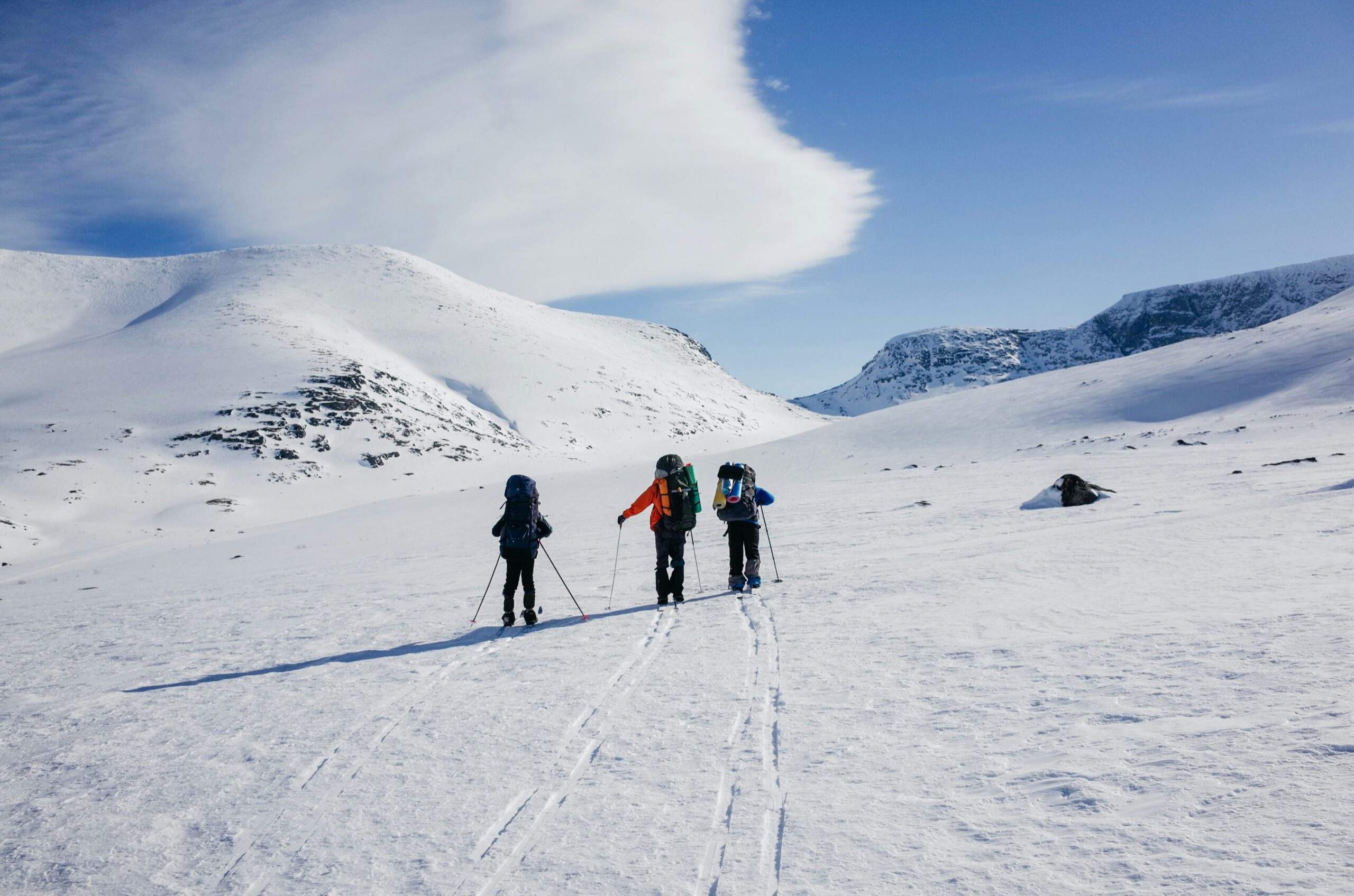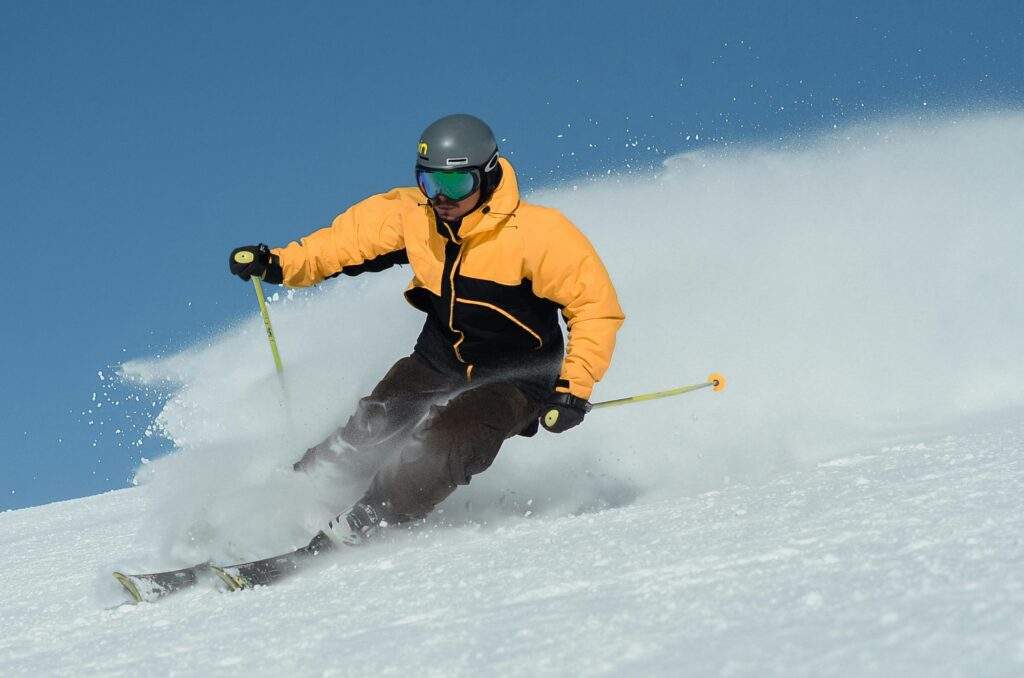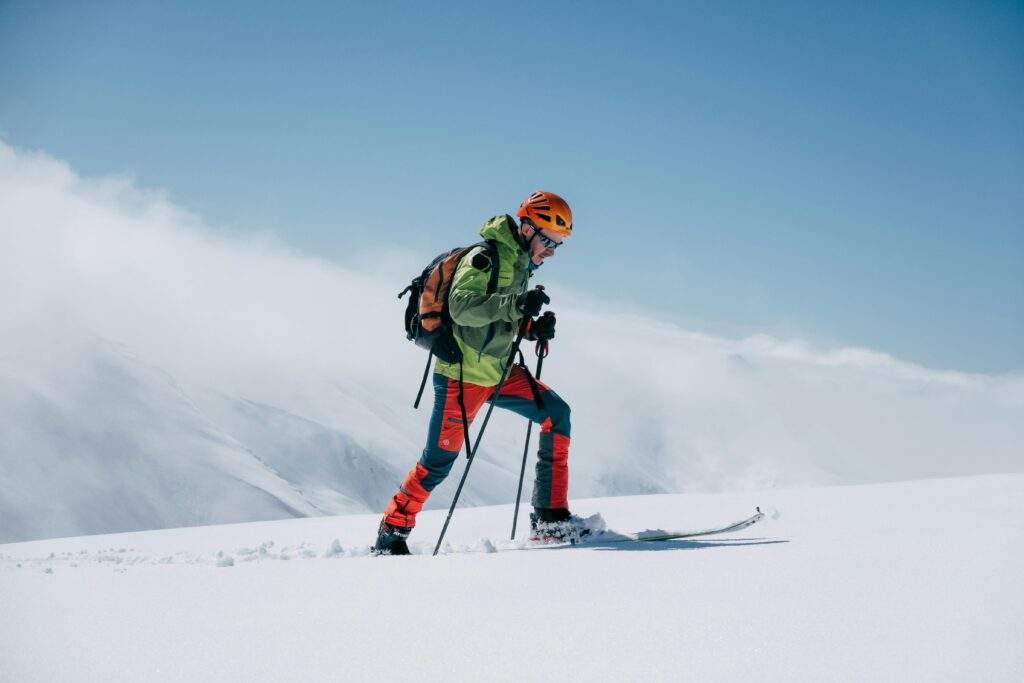“Ever sunk straight through the snow while snowshoeing, only to blame your gear? Spoiler: It’s probably the snow density.”
If you’ve ever embarked on snowshoeing tours and wondered why some days feel like walking on clouds (literally) while others feel like slogging through sludge, Snow Density Analysis is your secret weapon. By the end of this article, you’ll understand how analyzing snow density can transform your snowshoeing experience, making your adventure safer, more fun, and dare we say, Instagram-worthy.
This blog will break down the science behind snow density, provide actionable steps to check it before heading out, share pro tips for planning snowy adventures, and sprinkle in real examples from snowshoeing veterans. Ready to dive in?
Table of Contents
- Why Does Snow Density Matter?
- How to Perform Snow Density Analysis
- Pro Tips for Optimizing Your Snowshoeing Adventure
- Real-World Success Stories
- Frequently Asked Questions
Key Takeaways
- Snow density impacts stability, speed, and safety during snowshoeing tours.
- A simple 5-step process helps analyze snow density before venturing out.
- Tools like avalanche probes or apps can make your analysis easier.
- Understanding snow layers allows for smarter trail planning and reduced risks.
Why Does Snow Density Matter?

Think of snow density as the difference between a feather pillow and a brick wall—it fundamentally changes your experience. Lightweight, fluffy snow provides excellent floatation but can be unstable underfoot. Denser, wetter snow packs tightly but demands more effort to traverse. In snowshoeing, understanding these variations helps:
- Prevent sinking too deep and exhausting yourself.
- Minimize accidents caused by uneven layers of snow.
- Maximize efficiency when choosing routes.
Confession time: I once planned a snowshoeing trip without checking the snow report—cue four hours of sinking calf-deep into sugar-like powder. My calves were begging for mercy by lunchtime. The lesson? Always pay attention to snow density.
“Optimist You:”
“Just go out there—it’s all part of the adventure!”
“Grumpy You:”
“Ugh, fine—but bring snacks, coffee, and maybe a rescue helicopter just in case.”
How to Perform Snow Density Analysis
Performing Snow Density Analysis might sound complicated, but trust us; it’s simpler than editing a TikTok video. Here’s a step-by-step guide:
Step 1: Check Weather Reports
Start with meteorological data. Look for updates on recent precipitation, temperatures, and wind patterns. Websites like NOAA can give detailed insights.
Step 2: Measure Compaction Levels
Use an avalanche probe or even a sturdy stick. Push it gently into the snow until you hit resistance. Repeat at multiple spots.
Step 3: Conduct a Layer Test
Dig a small pit about knee-deep. Examine the layers—each represents different densities formed due to weather changes over days or weeks.
Step 4: Utilize Apps & Tools
Modern apps like Avalanche Canada and NOAA Snow Depth Charts help estimate density remotely. They’re not perfect, but they’re close enough for most recreational purposes.
Step 5: Analyze Stability Risks
Leverage tools like shear tests to assess stability. These ensure whether the upper layers rest safely atop lower ones, mitigating risk during your snowshoe tour.
Pro Tips for Optimizing Your Snowshoeing Adventure
- Terrible Tip Alert: Don’t rely on guessing snow conditions based solely on visual inspection—it’s unpredictable and often inaccurate.
- Invest in proper footwear designed for variable densities (think hybrid-style snowshoes).
- Always carry essentials like water, snacks, a map, and emergency blankets—a “snow survival kit.”
- Go early morning when temperatures tend to keep snow firmer and less slushy.
- Rant Break: Seriously, why do people still ignore snow reports? Reading them takes five minutes and could save your life!
Real-World Success Stories
Case Study 1: One group of backpackers ventured into Alaska’s Denali region using advanced snow density charts provided by rangers. Their careful analyses allowed them to select safe paths through dense forests and avoid avalanche-prone areas. Result? An epic trek documented beautifully across social media platforms.
Case Study 2: A solo traveler in Colorado utilized her smartphone app to navigate tricky terrain post-storm. Despite heavy snowfall overnight, she adjusted her route according to new density readings, ensuring both safety and enjoyment.
Frequently Asked Questions
What is considered “ideal” snow density for snowshoeing?
An ideal range lies between 0.1g/cm³ (light powder) and 0.4g/cm³ (denser packed). Anything above could mean harder work moving around.
Can I predict snow density at home?
Yes, apps coupled with current weather forecasts enable decent predictions though field testing remains crucial.
Do I need special equipment for analysis?
No fancy gear required—start simple with sticks or smartphones. Advanced gear comes later if passion grows.
Conclusion
So next time someone asks why you’re geeking out over snow density measurements pre-tour—it’s because every step counts! With these insights, you’ll master Snow Density Analysis faster than making instant cocoa.
Like dial-up internet connecting mid-’90s memories, maintaining consistent vigilance is key to unlocking successful snowshoe expeditions.
Happy trails—and don’t forget sunscreen!


